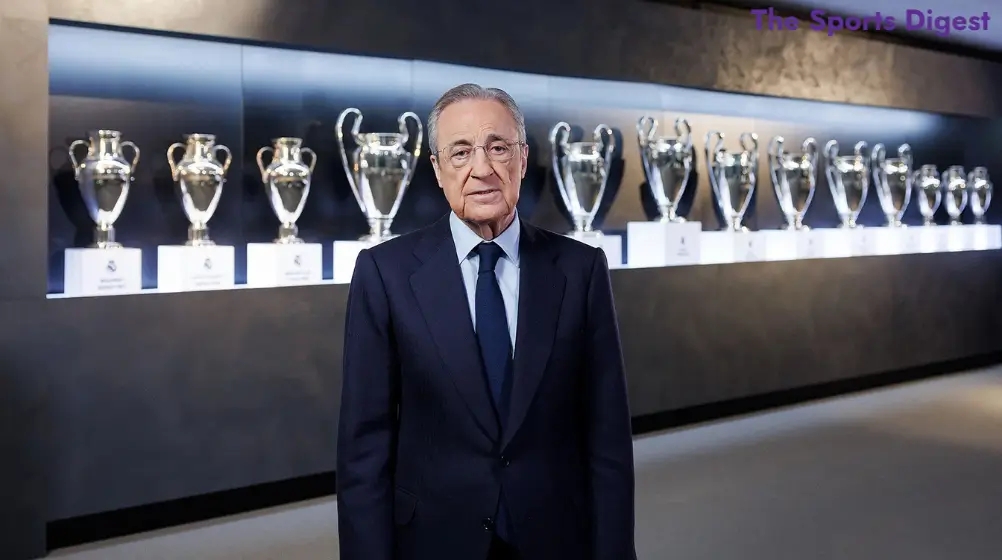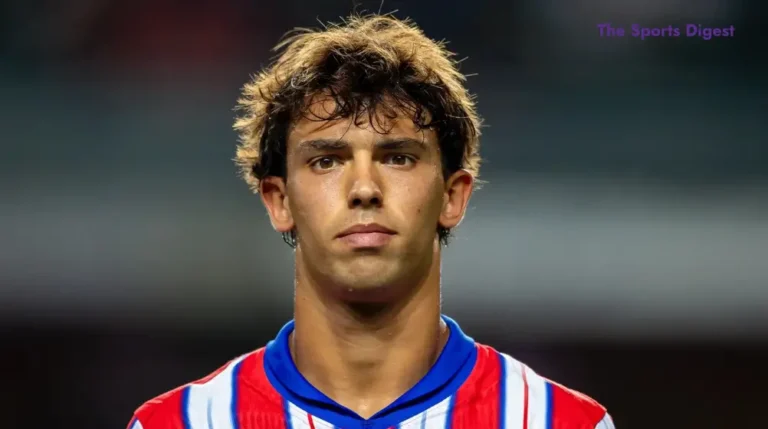Real Madrid’s Strategy: Stability & Future Bets
Real Madrid’s stands out as one of the world’s most prominent football clubs, known for both its sporting success and strategic approach in the transfer market. The club’s policy emphasizes financial stability, ensuring long-term sustainability. It focuses on developing young talents, allowing the team to build a strong future. Additionally, Real Madrid waits for the right opportunities, such as free transfers or favorable deals, rather than rushing into expensive signings. This careful planning guarantees the team’s competitiveness at the highest levels while maintaining financial prudence. The club’s strategy ensures its continued success in both the short and long term.
Table of Contents
Real Madrid’s Financial and Administrative Stability
Real Madrid is known for its prudent financial management, especially in the aftermath of the ambitious and costly renovation of the Santiago Bernabéu Stadium. The club is taking a cautious approach, focusing on maintaining long-term financial stability rather than making impulsive moves. Although Real Madrid has the financial resources to engage in significant transfers, the club’s leadership, particularly president Florentino Pérez, is mindful of not jeopardizing its fiscal health. According to reports from “Cadena SER,” Pérez decided against making any winter transfer signings, citing economic factors as a key reason. This decision highlights the club’s commitment to careful spending, even during periods when other top clubs might be more aggressive in the transfer market.
Pérez emphasized that while the club is financially strong, it values responsible budgeting and strategic planning over short-term gains. By rejecting any overblown deals, Real Madrid is ensuring that its financial foundation remains secure, thus setting a positive example of sustainability in the competitive world of football. This approach is likely to benefit the club in the long run, enabling it to continue its successful operations without compromising its financial future.
Real Madrid’s Betting on Youth
Real Madrid is prioritizing the development of young talents such as Vinícius Júnior, Rodrygo, Camavinga, Tchouaméni, and Bellingham over signing expensive stars. This strategy ensures the club’s long-term competitiveness and sustainability. For example, Vinícius Júnior was signed in 2017 for €40 million, and Rodrygo followed in 2018 for €45 million. These investments highlight Real Madrid’s focus on nurturing young players who can grow into key contributors for the team. By prioritizing youth, the club aims to build a strong future while maintaining financial prudence.
Real Madrid’s No Urgent Need
The team is performing well and does not face significant gaps that require major signings, especially with the success of coach Carlo Ancelotti in utilizing players effectively. Despite injuries to some players, the club prefers to rely on current resources and develop available players, showcasing its confidence in the team’s abilities.
Preparing for Big Deals
Real Madrid prefers to focus on high-profile signings, such as Kylian Mbappé, rather than settling for medium-quality players that could disrupt future plans. This strategy allows the club to pursue world-class talent while maintaining financial stability. For example, David Alaba and Antonio Rüdiger were signed as free transfers, showcasing the club’s approach to acquiring top players without incurring hefty transfer fees. By being strategic in its acquisitions, Real Madrid ensures it can compete at the highest level while managing its resources wisely.
Waiting for the Right Opportunities
Real Madrid’s management takes a patient approach to transfers, waiting for the right opportunities to arise at a reasonable price or through free transfers. This strategy allows the club to make savvy acquisitions without overspending. A prime example is the signing of David Alaba in 2021, who joined as a free transfer. By capitalizing on such opportunities, Real Madrid ensures it strengthens the squad while maintaining financial discipline. This careful planning enables the club to remain competitive without making hasty decisions in the transfer market.
Future Challenges and Opportunities
Despite Real Madrid’s careful strategy, challenges may arise in the future, such as a decline in performance from key players or long-term injuries, which could necessitate reinforcements in specific positions. However, the club remains dedicated to balancing financial stability with future investments. This approach ensures that Real Madrid can adapt to changes while preserving its competitiveness at the highest levels. The club’s commitment to long-term planning allows it to stay prepared for unforeseen challenges without compromising its financial health.
Conclusion
Real Madrid’s transfer strategy reflects a strong commitment to maintaining financial stability while simultaneously focusing on the development of young talent. The club carefully nurtures players like Vinícius Júnior, Rodrygo, and Bellingham, ensuring its future is built on promising stars. Additionally, the club is patient, waiting for the right opportunities in the transfer market, such as free transfers or favorable deals, rather than making rushed decisions. This allows Real Madrid to acquire top-quality players, like David Alaba and Antonio Rüdiger, without compromising its financial health.
By adopting this approach, the club ensures its continued competitiveness at the highest levels. This forward-thinking policy sets Real Madrid apart as a role model in football, balancing long-term success with careful financial management. The club’s ability to adapt while preserving its values makes it a blueprint for sustainable success.
Have you ever read an article like this?
There are no reviews yet. Be the first one to write one.






